Scientist Lets Thousands of Mosquitoes Bite His Arm in the Name of Science
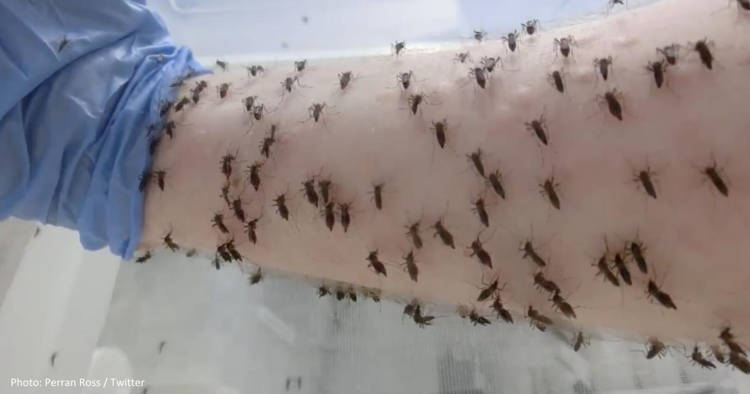
An entomologist from the University of Melbourne lets thousands of mosquitoes bite his arm regularly in order to keep them fed for research on eradicating Dengue fever. Dr Perran Stott-Ross has been involved in mosquito research at the University of Melbourne for many years now, trying to find effective ways of curbing the spread of […]
Tiny Assassin Bug Wears the Bodies of Its Victims as Camouflage
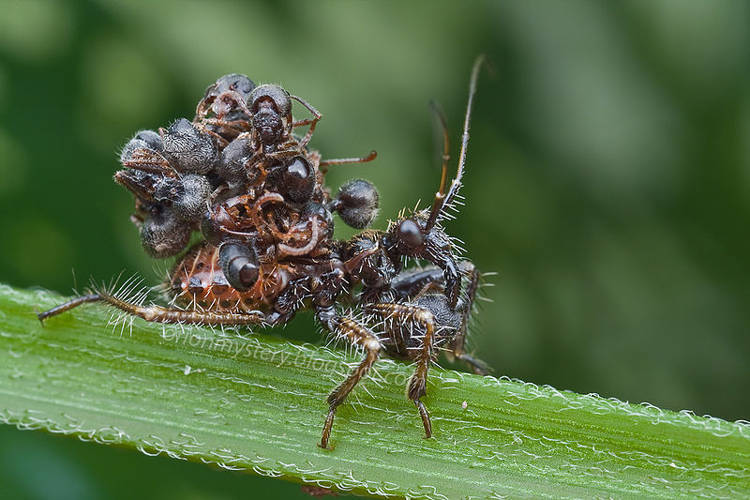
The assassin bug is a fascinating insect for many reasons, but the one that really stands out is its gruesome camouflage, which consists of the carcasses of its victims glued to its back. There are around 7,000 known species of assassin bugs in the world, ranging from 4 to 40 mm in length and sharing […]
Orchid Bees – The Living Jewels and Expert Perfumiers of the Insect World
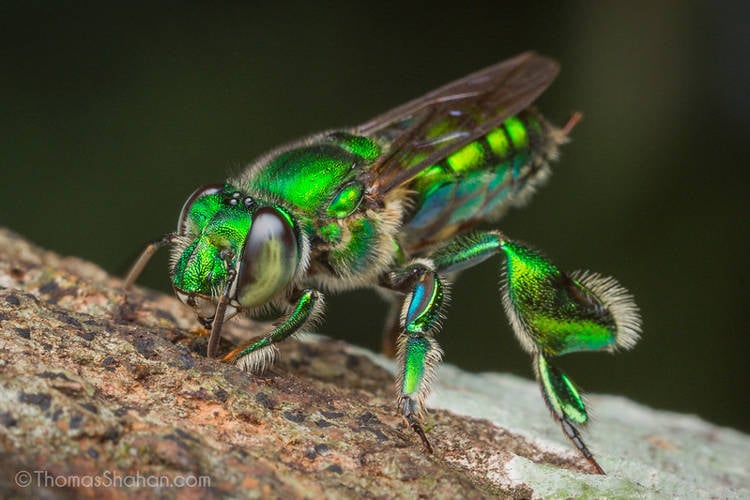
The Euglossines, aka Orchid Bees are often described as the world’s most flamboyant bee tribe, and looking at their brilliant metallic coloration, it’s easy to see why. Orchid bees are probably the closest thing to real living jewel. Sporting bright metallic colors – with green, blue and gold being the most common – and very […]
This Remarkable Beetle Can Somehow Survive Being Eaten by Frogs
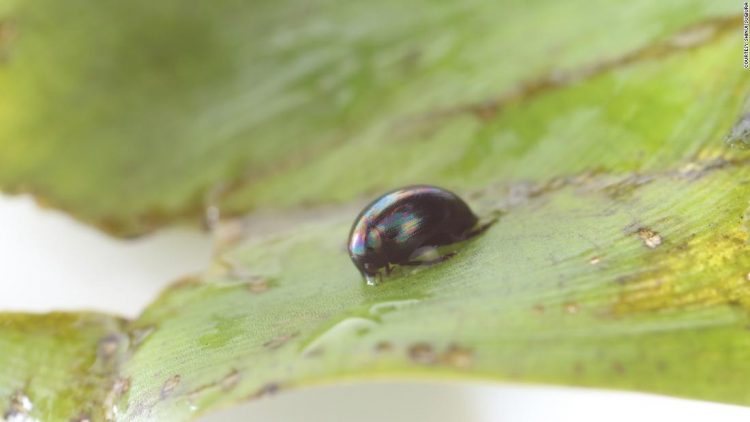
Scientists recently discovered that a species of tiny water beetles can live through being eaten by a frog by somehow surviving a journey through its gut and simply exiting through the butt hole. Until this week, Regimbartia attenuata was just another species of water beetle, but ever since a study on its astonishing survival skills […]
Russian Far East Region Experiences Particularly Bad “Mosquito Tornadoes”

Villages on the east coast of the Kamchatka peninsula, in the Russian Far-East are experiencing scenes that seem taken out of an Alfred Hitchkok movie. Only instead of birds invading their community, it’s billions of mosquitoes swirling into visible “tornadoes”. Villages like Ust-Kamchatsk are used to being invaded by large number of mosquitoes every summer, […]
Parasitic Wasp Turns Its Helpless Host Into a Bodyguard for Its Eggs
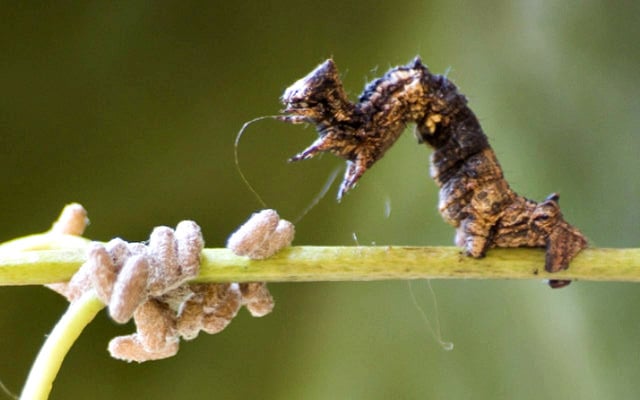
Thyrinteina leucocerae, the caterpillar of the geometer moth, is targeted as a host for a species of parasitoid wasp that can lay up to 80 eggs inside its body. The caterpillar’s reward is a job as bodyguard for the very parasites growing inside it and a slow, agonizing death. The Glyptapanteles wasp is one of […]
Man Complaining of Earache Had Whole Family of Cockroaches Living in Ear Canal
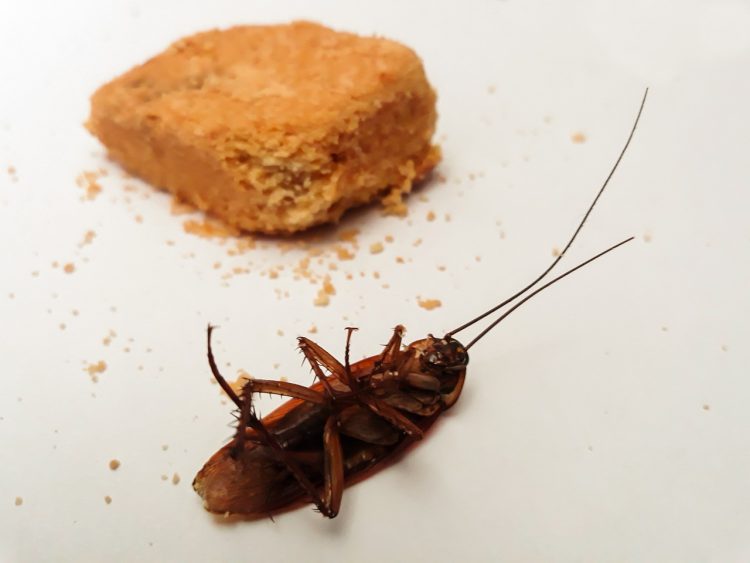
A 24-year-old Chinese man who visited a hospital to complain about sharp pain in his right ear was shocked to learn that he had an entire family of cockroaches living in his ear canal. Identified only as “Mr. Lv”, the young man arrived at Sanhe Hospital, in Guangdong Province, southeast China, last month, complaining of […]
This Asian Moth Is Probably Nature’s Ultimate Camouflage Master
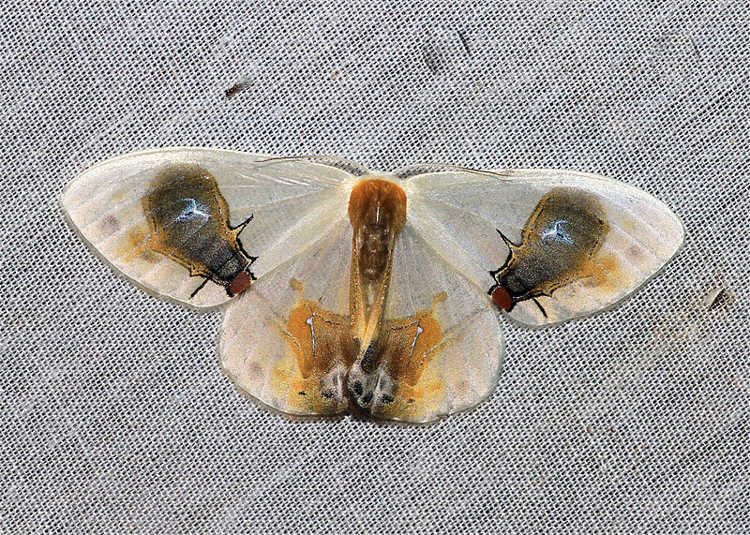
We’ve seen plants and insects posing as something else entirely in order to confuse their natural predators, but Macrocilix maia, a moth native to Southeastern Asia, takes mimicry to a whole new level by literally painting an entire scene on its wings. Looking at a Macrocilix maia moth, it’s impossible to ignore the scene painted […]
Living Jewelry – The Shiny Cocoons of This Exotic Butterfly Look Like Gold Jewels
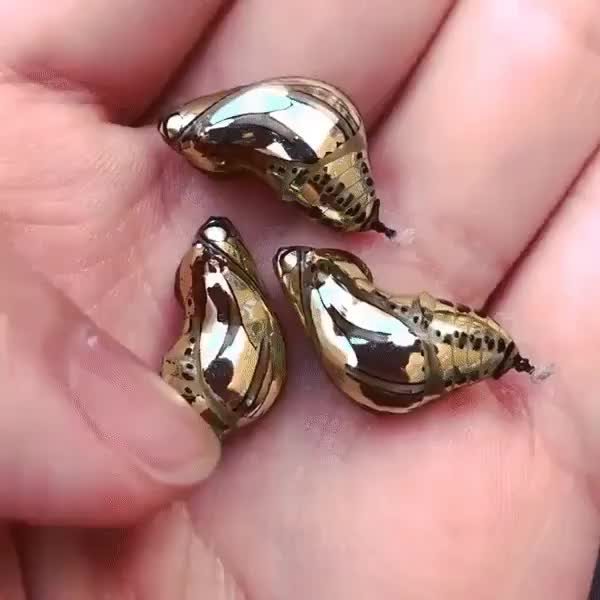
Butterfly pupae are easy targets for predators in search of an easy protein-rich meal, and one would think that the flashier the cocoon, the higher the chances of being spotted and eaten , but the Mechanitis polymnia, aka the orange-spotted tiger clearwing and its shiny, gold-like pods are proof that the opposite is true. The orange-spotted […]
Russian Village Invaded by Apocalyptic Swarms of Flies

The Russian village of Lazorevy, in Russia’s Urals region, has been invaded by giant swarms of flies after a local farmer allegedly used chicken droppings as natural fertilizer in his fields, which acted as a perfect breeding ground for the insects. Imagine Albert Hitchcock’s “The Birds”, only on a much larger scale and with flies instead […]
Family Discover Colony of 80,000 Bees Living in Their Bedroom Wall

A family in Granada, Spain was shocked to discover that the constant buzzing coming from behind their bedroom wall turned out to be a massive bee colony numbering over 80,000 honey bees. Spanish social media has been buzzing with the news of a couple in Pinos Puente, Granada, who recently asked a local beekeeper to […]
Giant Honeybees Use Shimmering “Mexican Waves” to Repel Invaders
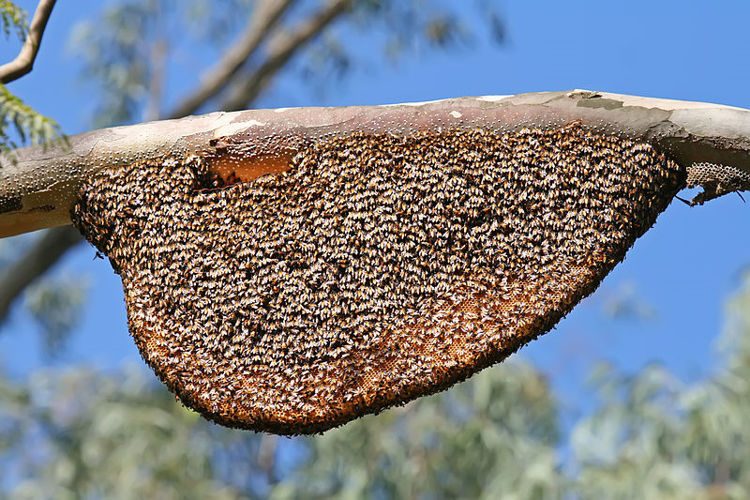
The giant honeybees of East Asia can build impressive open nests measuring a few meters across. The fact that they are always exposed makes them vulnerable to predators, particularly large wasps and hornets that love nothing more than invading hives and stealing grubs. Luckily, the bees have a secret weapon that is as visually mesmerizing as […]
Crazy “Cockroach Challenge” Has People Taking Selfies with Roaches on Their Faces
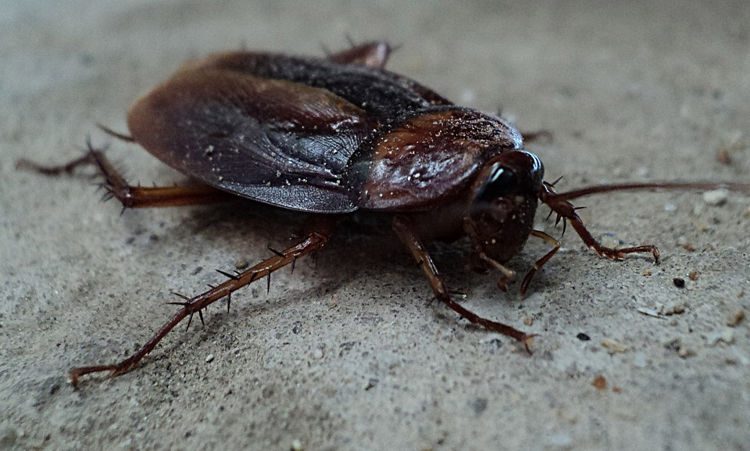
We’ve seen some crazy internet challenges go viral in recent years, but this latest one takes the cake as the most disgusting of all. The Cockroach Challenge has people putting live cockroaches on their faces, taking a selfie and sharing it on social media. It’s hard to say for sure how and when the Cockroach […]
The Elusive “Scorpion Beetle” – The Only Known Insect Capable of Inoculating Toxins Through Its Antennae
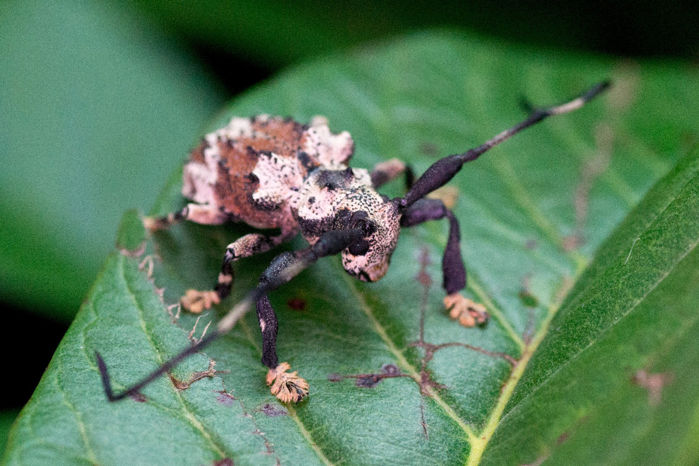
Beetles are generally regarded as harmless to humans. Out of the over 350,000 documented species of beetle, only three are actually known to bite people, and only if they feel threatened. However, there is another species that few sources mention. Onychocerus albitarsis, aka Scorpion Beetle, is the only known insect capable of stinging humans with […]
This Dead Leaf Is Actually a Live Moth Mimicking a Dead Leaf
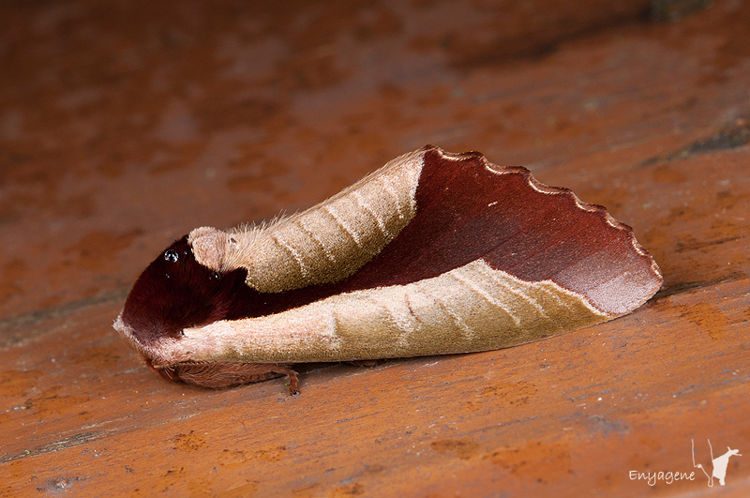
When it comes to the art of camouflage, few creatures can match Uropyia meticulodina, a small moth capable of mimicking a dead, curled up leaf almost to perfection. From a mantis that mimics a harmless orchid to attract prey, to a caterpillar that looks like a snake to fend off predators and birds camouflaged as toxic caterpillars, […]
